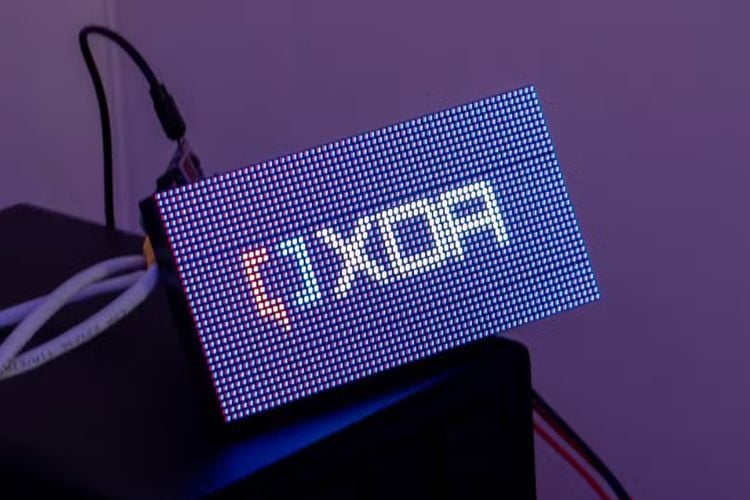
If you've ever wanted a customizable smart display without the high cost or vendor lock-in, this DIY project might inspire you. Adam Conway, Lead Technical Editor and Developer for XDA, recently shared how he turned a Waveshare 64x32 P2.5 RGB matrix panel into a fully functional LED display using both a Raspberry Pi and an ESP32.
A HUB75 interface, which is standard for these types of panels, was used in the display. The setup lets you daisy-chain multiple panels together and can handle either 8-bit or 24-bit colors, depending on what your controller can manage. Conway tested both platforms and found the ESP32 was more efficient because of its DMA feature, which basically handles the pixel data without bothering the main processor. He used the ESP32-HUB75-MatrixPanel-DMA library to make this work. But the Raspberry Pi ended up working better for him, with more community support and examples to work with, even though he was using an older Model B+ with limited resources.
Starting out, there was a color mismatch where yellow displayed as magenta. That turned out to be a swapped RGB pin configuration on the panel, corrected via software remapping. The panel came with a separate 5V/4A DC jack power supply, avoiding direct power from the controllers. Several open-source firmware options were explored, though things got pretty challenging. MatrixCOS ran into DMA crashes and Wi-Fi issues that basically made it a no-go. The Pixel Art Display firmware worked out better, but only after some serious code modifications (he had to rework all the hard-coded coordinates for GIFs and text display). Eventually, it allowed image uploads, real-time MQTT updates, and a browser-based UI.
Conway calls this "an intense project" that's "certainly not for beginners," saying it was "undoubtedly a slog at times". All source code, PlatformIO configs, and YAML files are publicly available, making this a solid reference for anyone seeking to build their own smart LED display. Just be ready for some serious technical hurdles.

